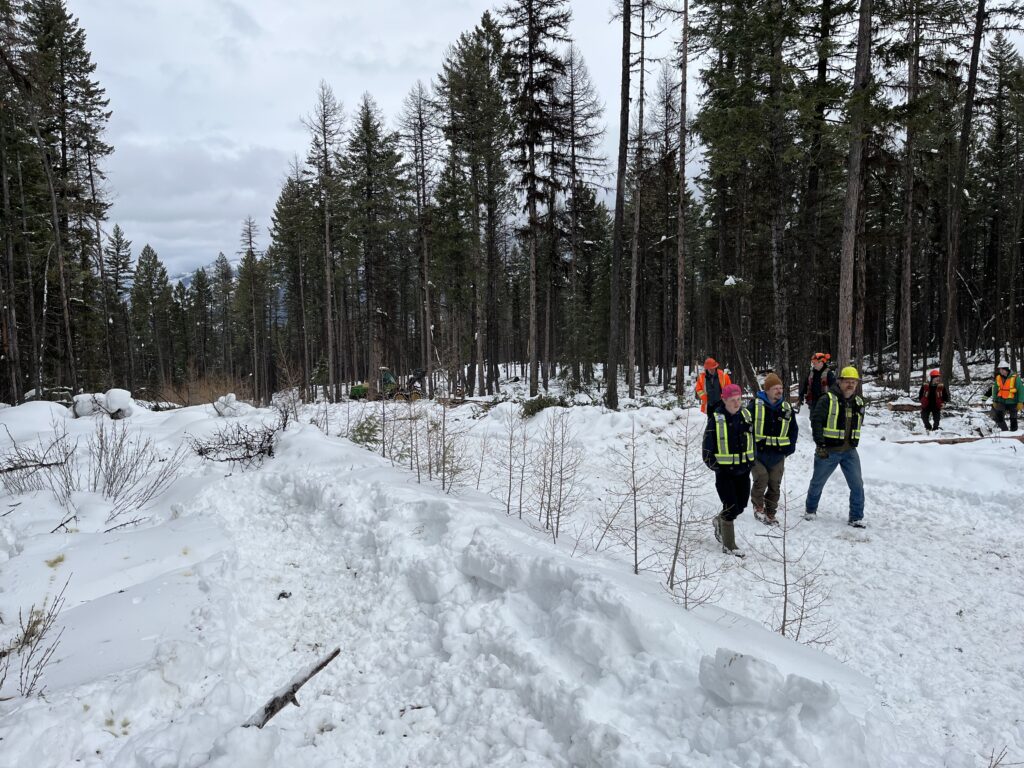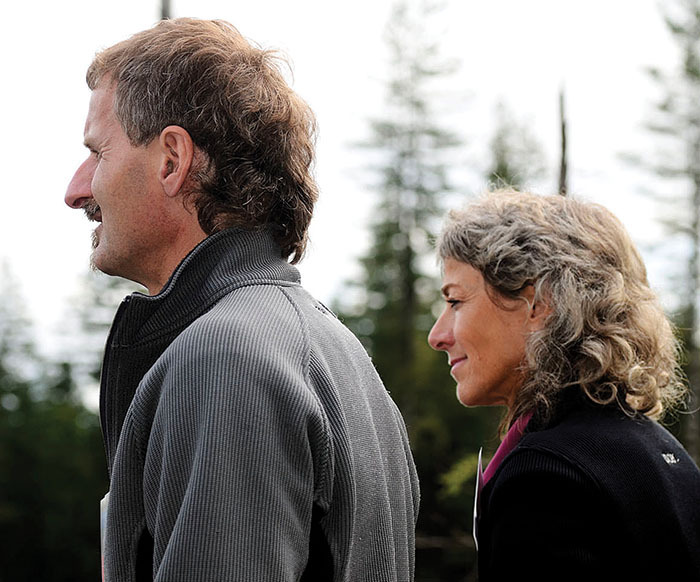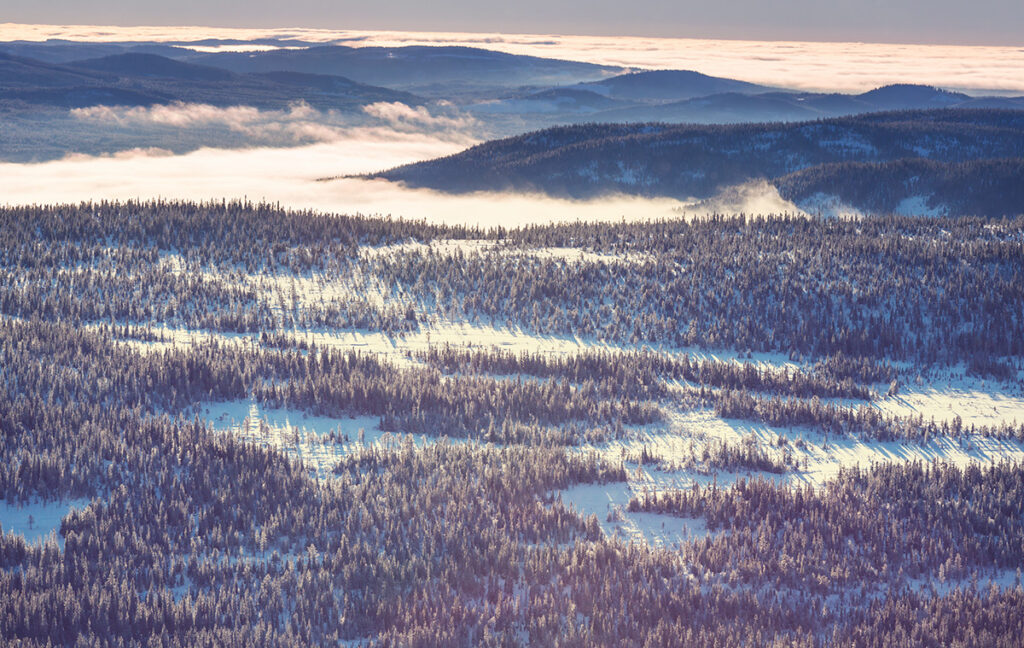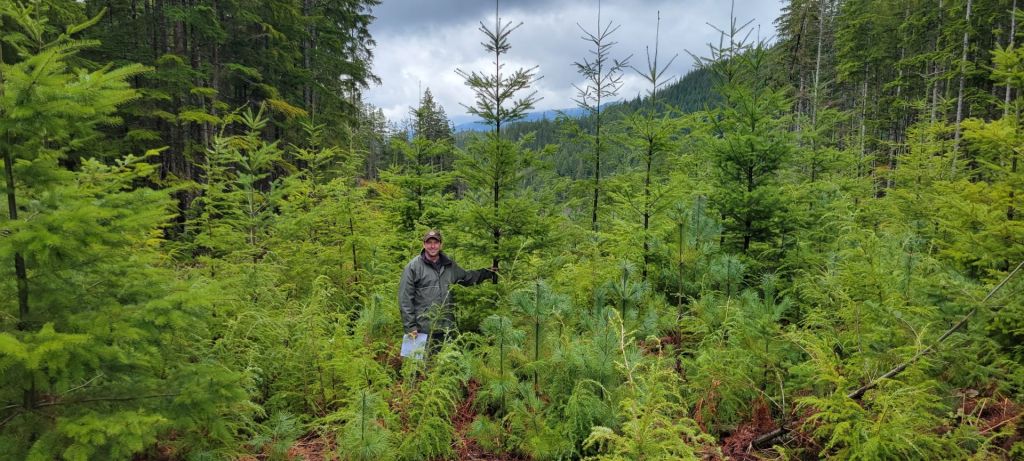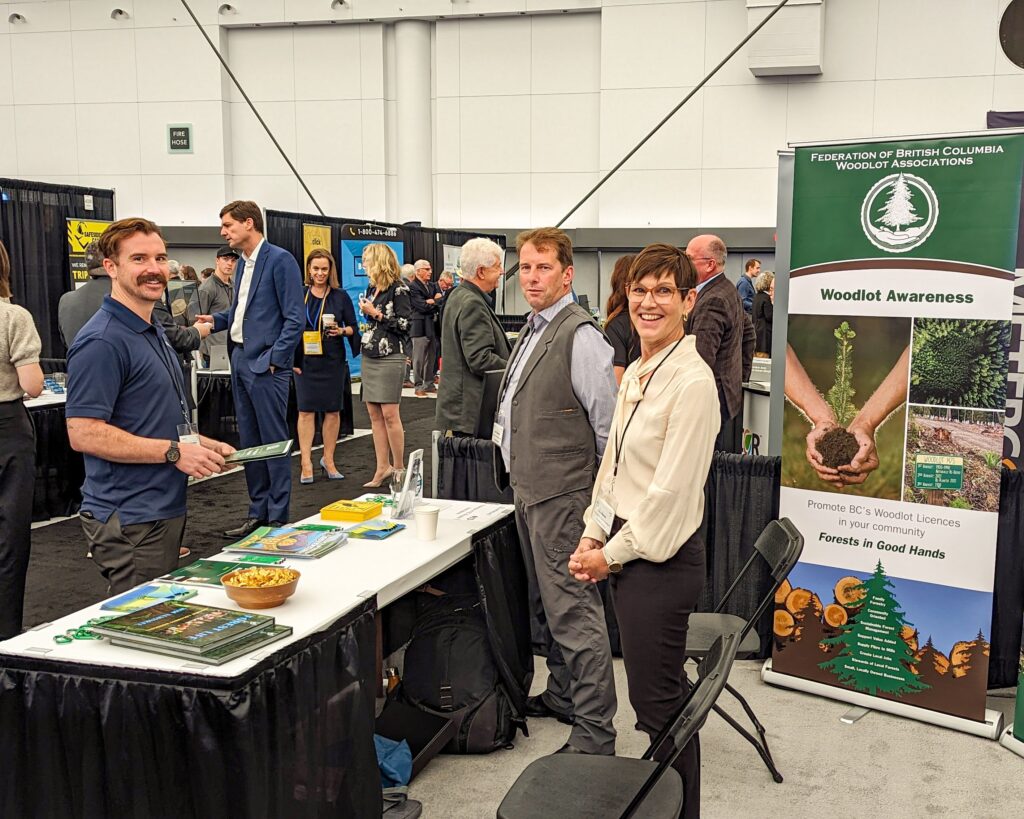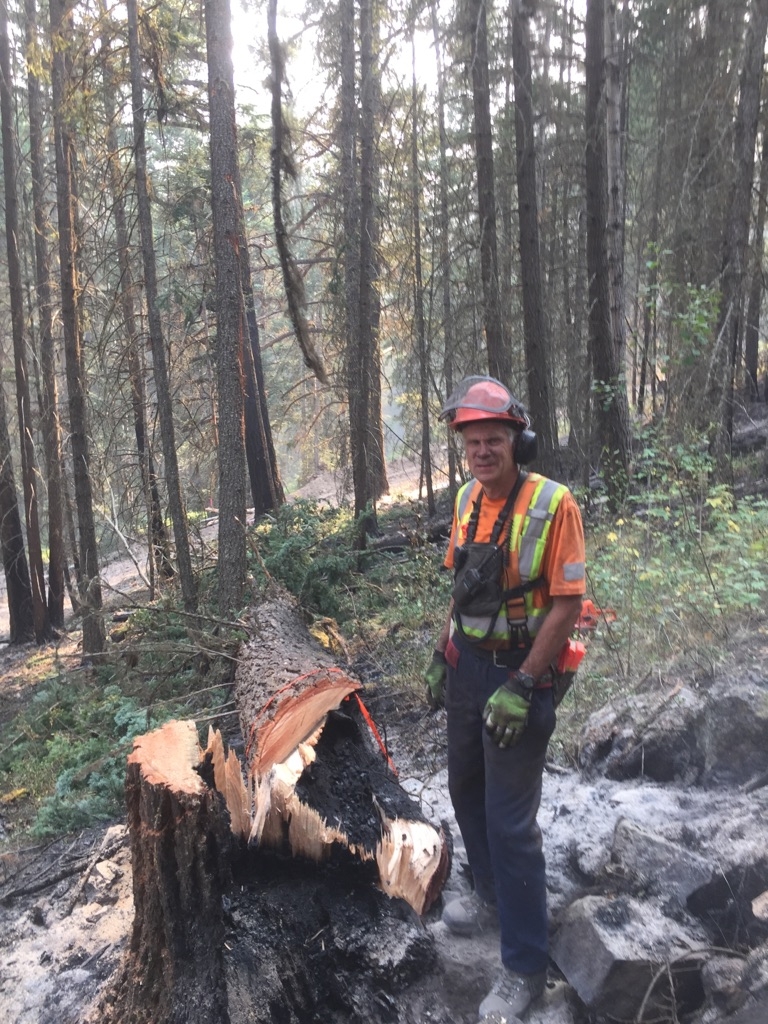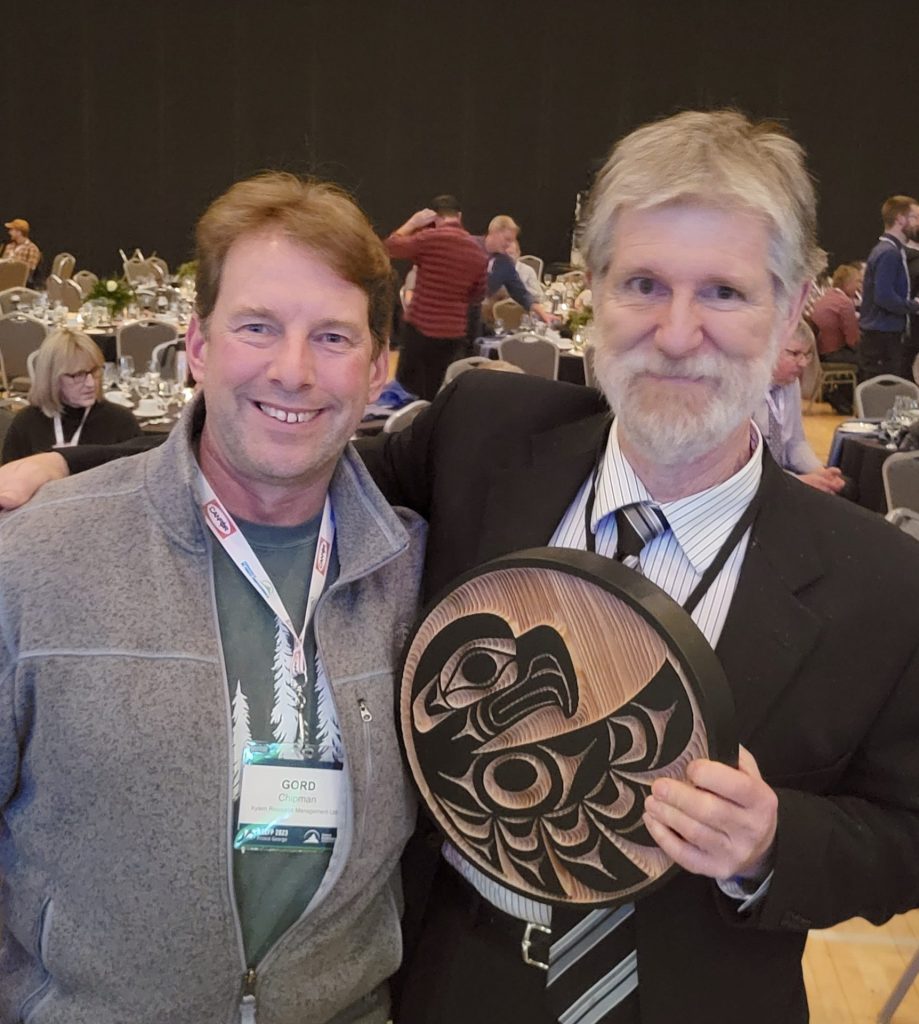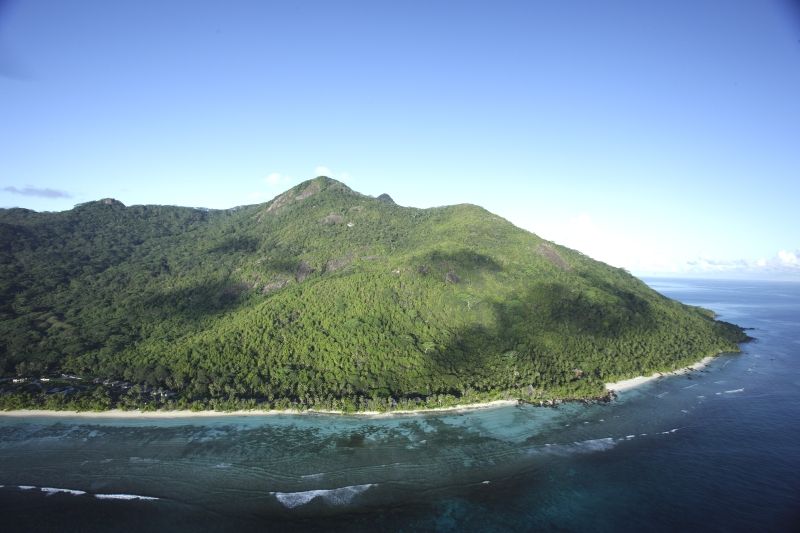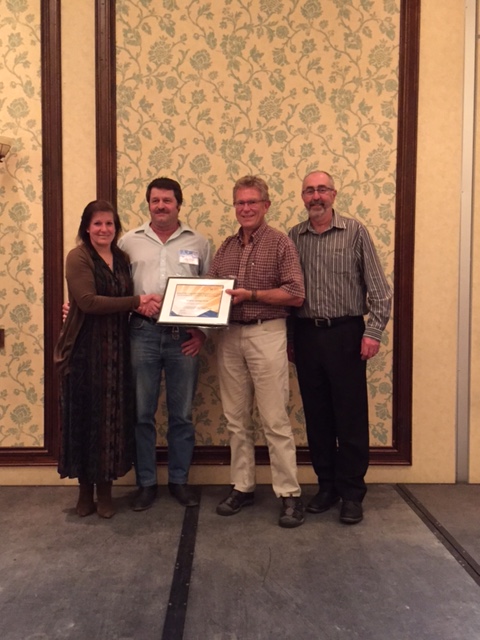Submitted by Brian Amies and Greg DuBois
The Columbia Woodlot Association (CWA) recently provided its members and local forestry contractors with a valuable opportunity to delve into the world of cut-to-length (CTL) harvesting systems. Hosted at Greg DuBois’ Woodlot 2109 near Golden on February 21, the field tour, organized at Greg’s invitation, focused on the practical application and benefits of CTL systems.
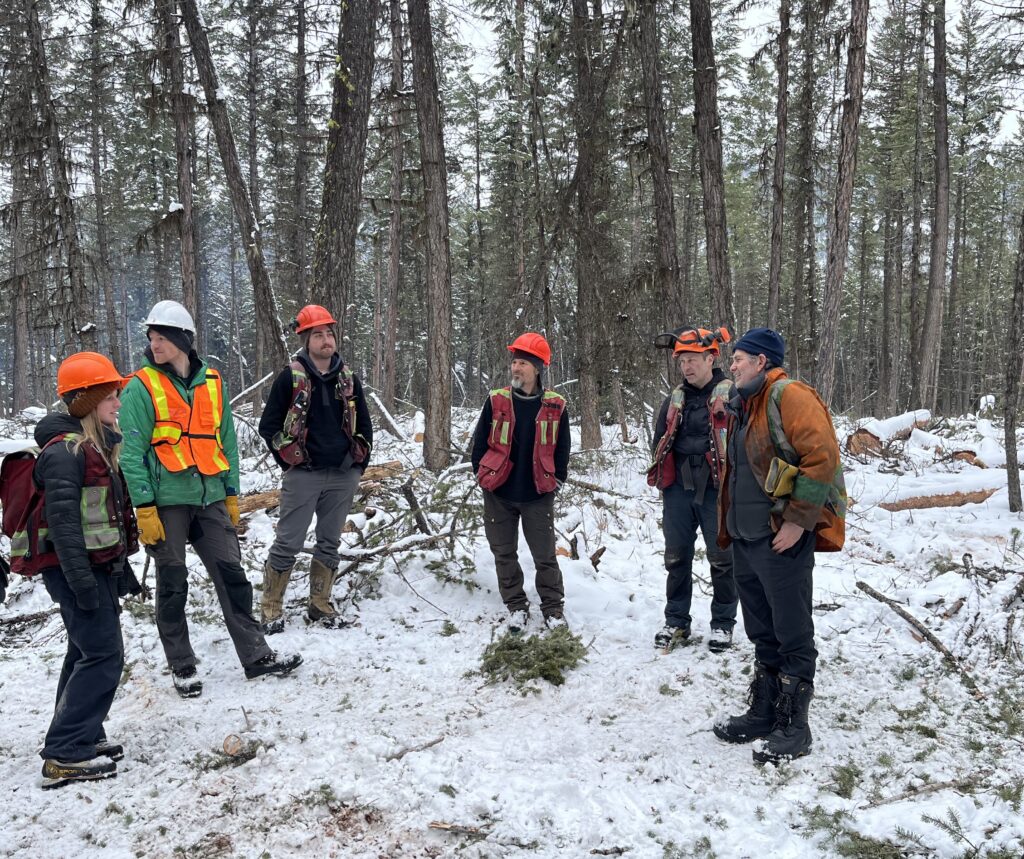
Treated stand in Woodlot 2109 with Greg Dubois on the right.
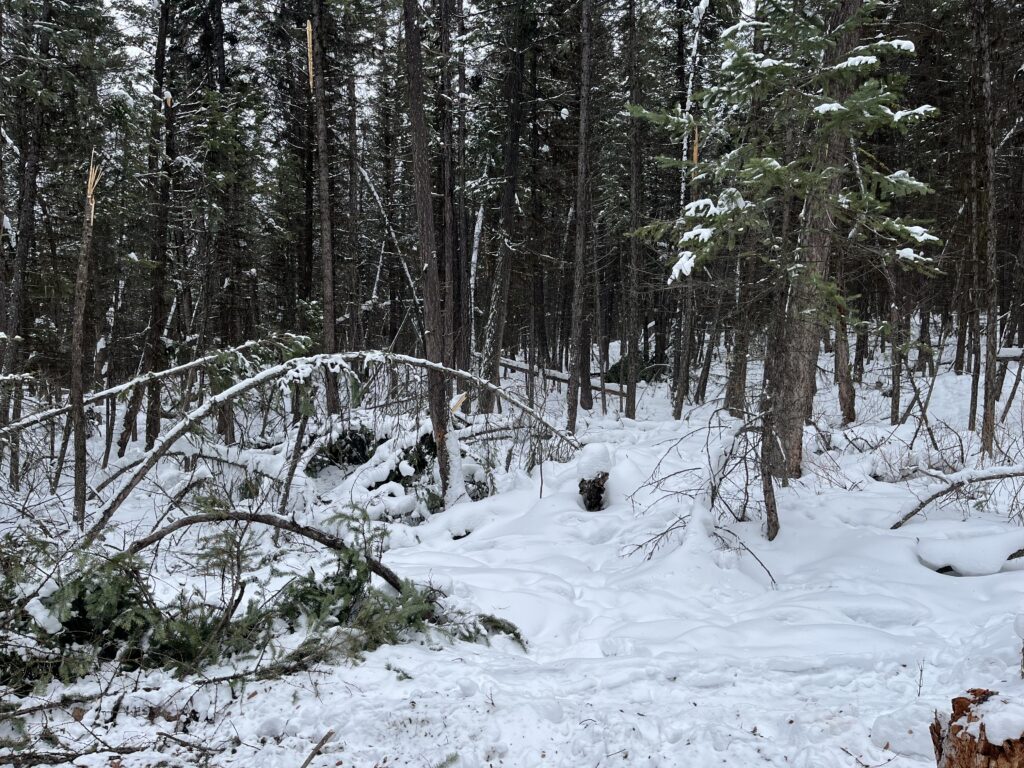
In comparison, an untreated stand.
Following a broad invitation to more than 20 CWA members and numerous local contractors, the tour saw a strong attendance of sixteen individuals. This diverse group included forest professionals, active forestry workers, and three woodlot licensees, all united by a common interest: gaining deeper knowledge about CTL operations.
The tour offered a comprehensive look into Greg DuBois’ management of Woodlot 2109. Greg shared the woodlot’s history and his overarching landscape objectives before diving into stand-level specifics (see Greg’s summary below). Participants gained valuable insights into his practical experiences with CTL machinery, his methods for implementing partial cutting, observations on productivity, and strategies for effectively marketing the harvested timber.
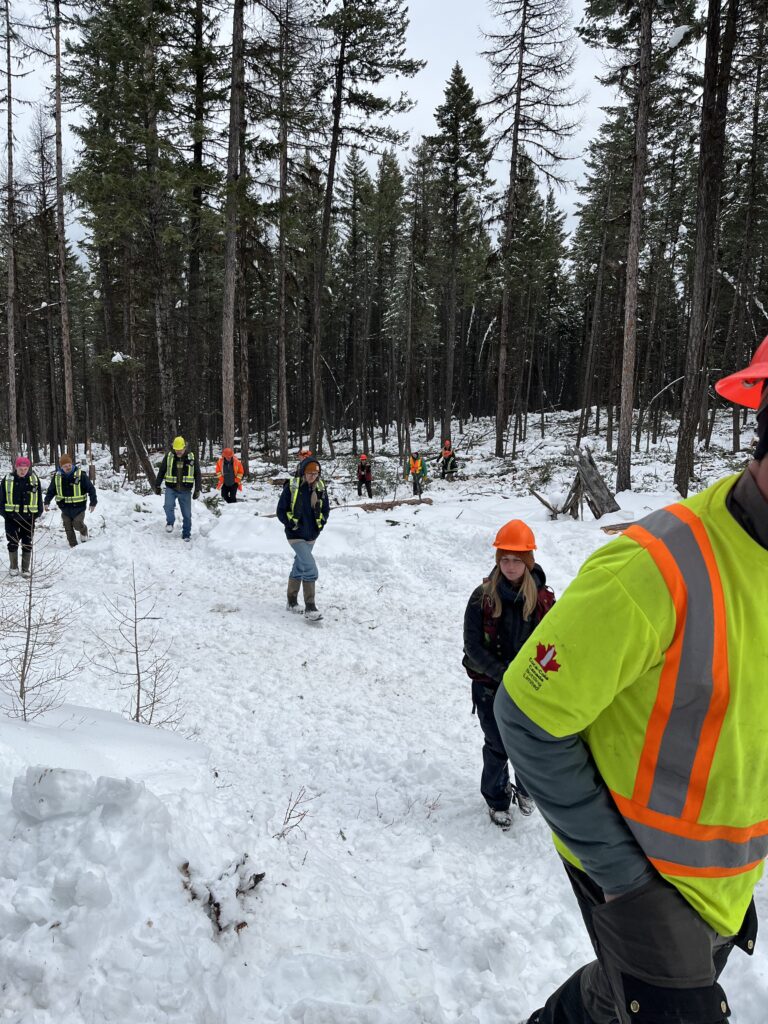
View of the treated stand along the road.
A good portion of the tour was dedicated to open discussion. Attendees actively engaged with Greg, posing numerous questions and sharing their own perspectives.
The day concluded with a casual BBQ and refreshments, enjoyed in the pleasant sunshine. This informal setting allowed for continued networking and further discussion, solidifying the learning experience gained throughout the tour. The event served as a successful platform for knowledge sharing and practical learning within the local forestry community.
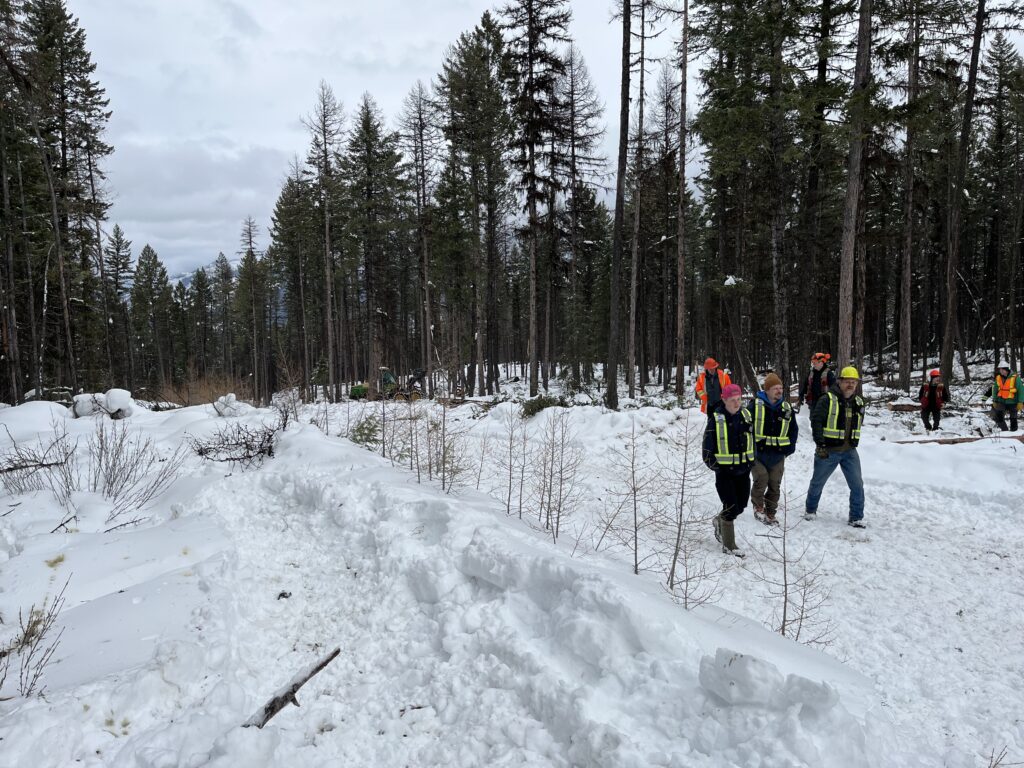
Another view of the treated stand along road
Tour Summary:
By Greg DuBois, RPF
W2109 is located within the Invermere TSA of the Rocky Mountain Resource District (RMFD) accessed via the Larson Lake FSR and Whiteswan FSR, just south of Canal Flats.
Licensee’s Site Description
The site you will be visiting is a forest that was harvested in the 1960’s. Likely a diameter limit cut of 12” (30 cm) was enforced at that time – nothing under 12” cut.
The stand today is a mixed aged stand of Douglas-fir (80%), western larch (18%) and lodgepole pine (2%). In the stand is a small component of veteran Fd / Lw approximately 45 cm diameter and (approximately 200 years old), but mostly Fd/Lw (Pl) 20 – 35 cm diameter and (approximately) 60 years old and likely regenerated after the logging in the 1960s. There is virtually no deciduous in the stand. Overall volume on the site is good – I estimate it at about 300 m³ / ha with heights of 20 to 25 meters.
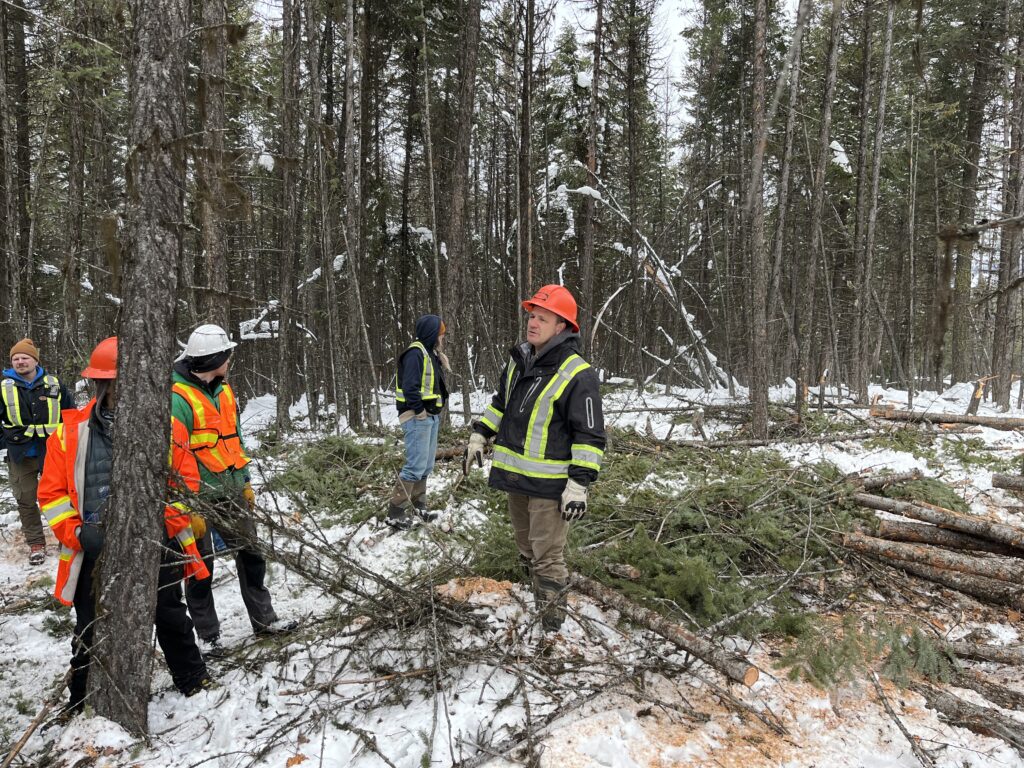
Partially completed treatment with WL Licensee Paul Frasca on the right.
Forest health is relatively good. The oldest trees in the stand are dying – scattered dead Fd, primarily from fluctuating Fd bark beetle populations, and some very small areas of suspected armillaria root disease.
It is located in the Interior Douglas-fir dry mesic (IDF dm2) biogeoclimatic zone and subject to RMFD stocking standards of 1000 / 600 / 500 stocking. Preferred species are Fd, Lw, Py. Acceptable species Pl.
The approach I am taking is to conduct partial cutting for the following objectives:
- Sawlog production
- Wildfire fuel reduction
- Maintenance of biodiversity
- Wildlife habitat
I am concerned about the likelihood of wildfire destroying the entire woodlot and wanted to try something different in a proactive manner. I have only begun this process this winter. To begin with I am targeting an area that is adjacent to existing road access near the woodlot perimeter since during a wildfire these fuel break areas may be more likely to be utilized for suppression by BCWFS to control a wildfire.
The finished stand targets a basal area of 20 m² per hectare – utilizing the RMFD Partial Cutting Standards (Deviation From Potential) should result in a stocked stand which can be declared as Free Growing one year after harvesting is completed.
Trees targeted for removal are:
- Snow press
- Dead and damaged
- Poor form
- Lodgepole Pine
The woodlot does not have many limitations in terms of harvesting restrictions such as riparian, archaeological, and steep difficult areas.
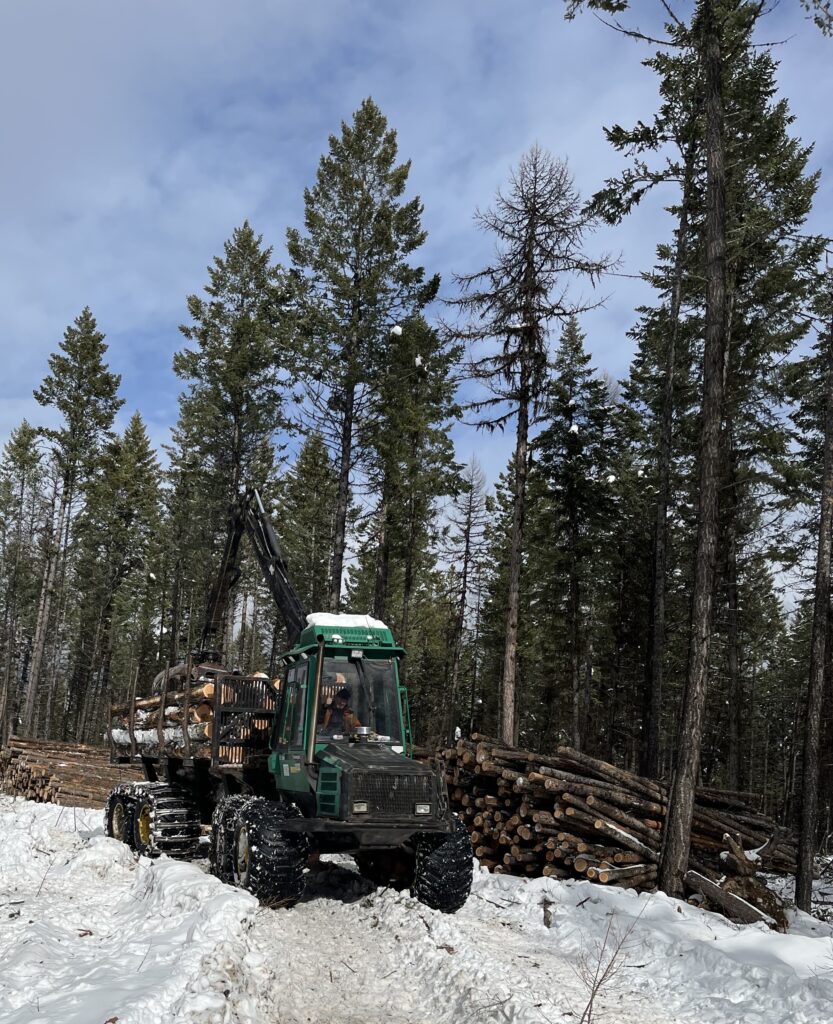
Forwarder decking along the road.
My logging equipment consists of a 2001 John Deere 1263 Harvester and a 1995 Timberjack 1210B Forwarder.
The partial cut harvesting I estimate is yielding around 80 m³ per hectare. This includes the utilization of pulp which is hauled to the Skookumchuck pulp mill which is located only 25 km away.


